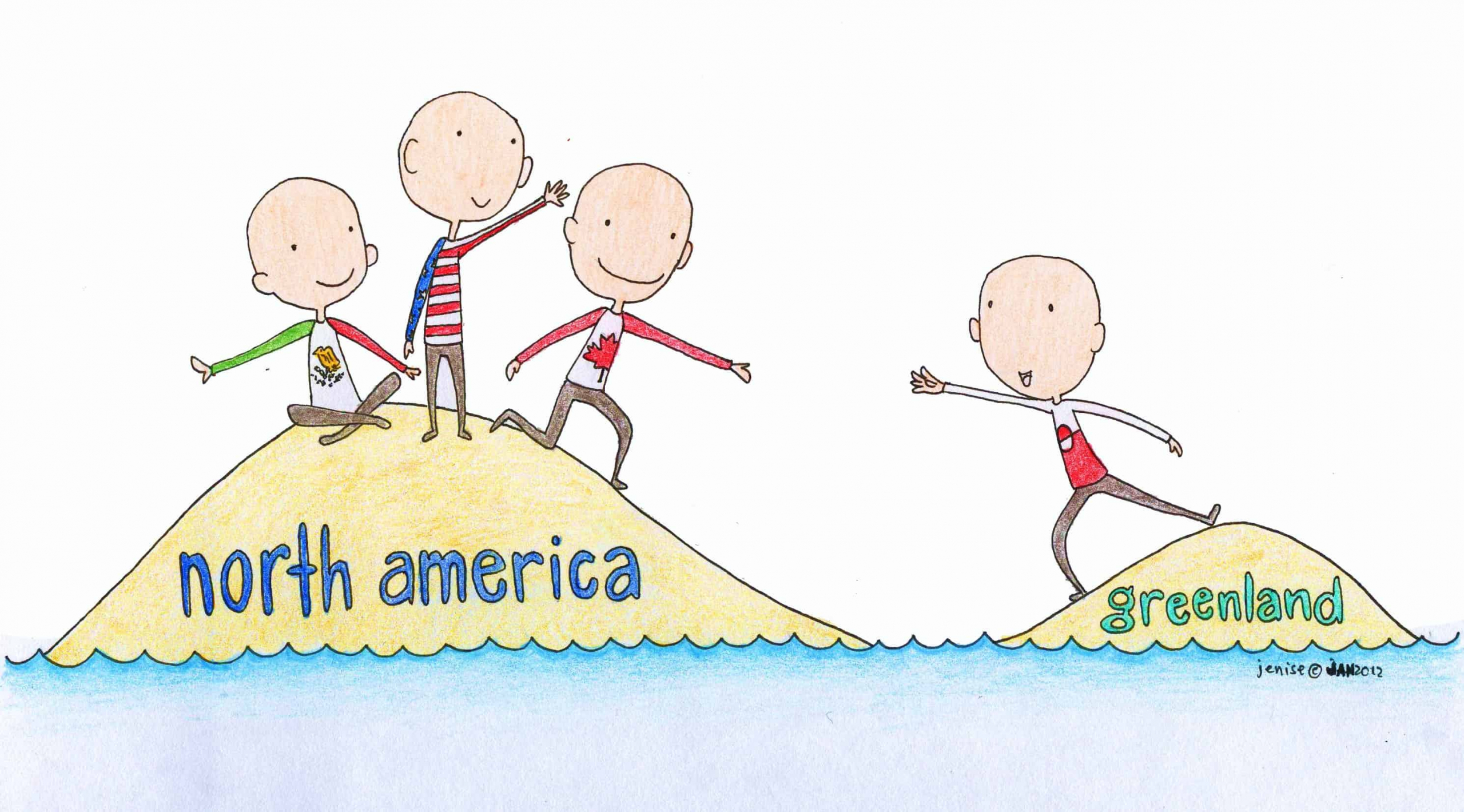Climate change is transforming the Arctic. Year after year, the sea ice retreats and new routes through the Arctic islands become navigable. Estimates vary, but barring radical reductions to carbon dioxide emissions, it is likely that the entire Arctic will be ice-free by the mid– to late–21st century. An ice-free Arctic means that potentially lucrative shipping routes, and enormous oil and gas deposits will be accessible for drilling. Arctic nations, including Canada, fear that these opportunities will lead to conflict amongst themselves and with other powerful economies — particularly China — about the rules of the game for the Arctic.
Concern over the changing north led the Harper government to declare the Arctic Canada’s top foreign policy priority. While the government has stepped up military exercises in the region and repeatedly asserted Canada’s territorial claims, particularly in the poorly surveyed high Arctic, it has done remarkably little to improve relations with other Arctic countries. This is especially problematic in the case of Greenland. Greenland is currently an autonomous country within Denmark. However, it is expected to become independent within a decade. If Canada is serious about Arctic sovereignty, then it needs to think about making and keeping friends in the region. Greenland is the closest northern neighbour to Canada and would be invaluable in this regard.
Canada and Denmark have amicable relations, through their membership in NATO, and they participate in a number of Arctic-related international organizations, primarily the Arctic Council. In recent years, the Canadian and Danish militaries have conducted joint military exercises in the waters between Greenland and Nunavut (one of Canada’s three vast, sparsely-populated northern territories). Canada maintains a consulate in Greenland’s capital, Nuuk, and Greenland maintains a presence in the Danish embassy in Ottawa and the Danish consulate in Toronto. However, a territorial dispute between Canada and Denmark over the tiny Hans Island has undermined the possibility of deeper cooperation.
It is high time that Canada and Denmark settle the row over Hans Island and fix the maritime boundary between Greenland and Nunavut. A clear boundary would help both countries, especially as they face difficult choices about the kind of development that they want to allow in the Arctic.
Canada should pursue substantive engagement with the Danish and Greenlandic governments on areas of common concern. Chief among these are environmental protection, trade, and security. Given the high costs of operating in the Arctic, both sides would benefit from cooperation on monitoring, and if necessary, policing the use of Arctic waters for resource exploration and shipping. Luckily, since Canada and Denmark are both NATO members, their militaries are designed to be interoperable by using similar equipment and training. Similar harmonization should be pursued between other Canadian, Danish, and Greenlandic government agencies, including those responsible for border security and fisheries management.
While it would be inappropriate for Canada to take a position on Greenland’s independence, it should not neglect the need to maintain and expand relations with Greenland. This should be pursued at many levels. First, the Canadian government should establish relations with Greenland’s Coast Guard and hold joint exercises. The goal would be eventually conducting joint maritime patrols as Canada is set to do with the United States. However, if it becomes independent, Greenland will need to build a much larger military, including an air force. It would certainly be in Canada’s interests to assist Greenland in doing so in order to help ensure security in the eastern and high Arctic.
Second, the Canadian government should also pursue a new trade agreement with Denmark with specific provisions for Greenland. This would eventually lay the groundwork for a free trade agreement once Greenland is independent. Third, Canada ought also to continue to encourage relations between its territories, especially Nunavut, and Greenland, both directly and through international organizations like the Inuit Circumpolar Council. Greenland’s long experience with self-government compared to Canada’s territories makes it well placed to offer advice and assistance as the territorial governments prepare to take on added responsibilities.
All of these policies would help prepare Canada to work closely with an independent Greenland. Both Canada and Greenland have significant resources to offer each another to solve the challenges that they face in a changing Arctic. If the Harper government truly wants to make the Arctic its top foreign policy priority, then it should to move swiftly to strengthen its ties with both Denmark and Greenland.


